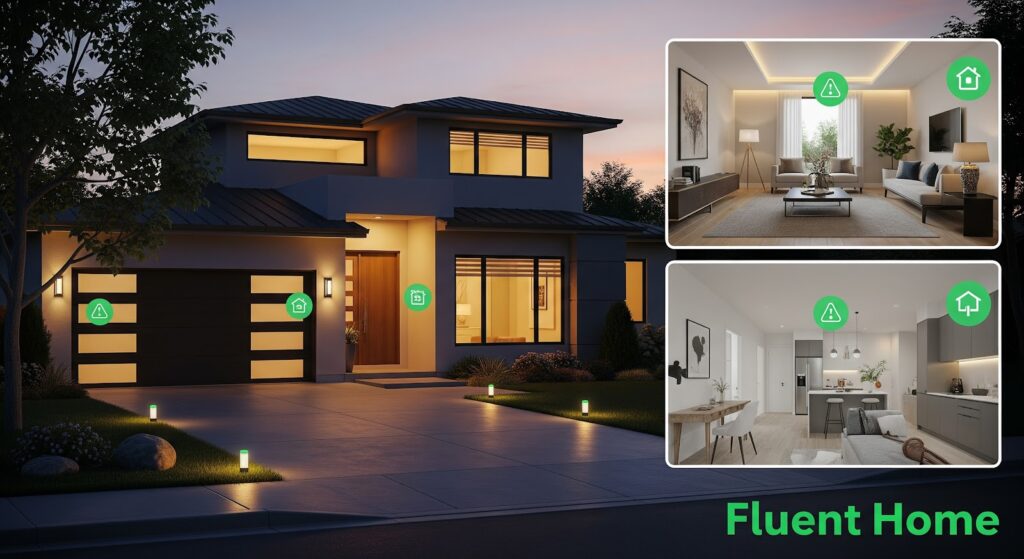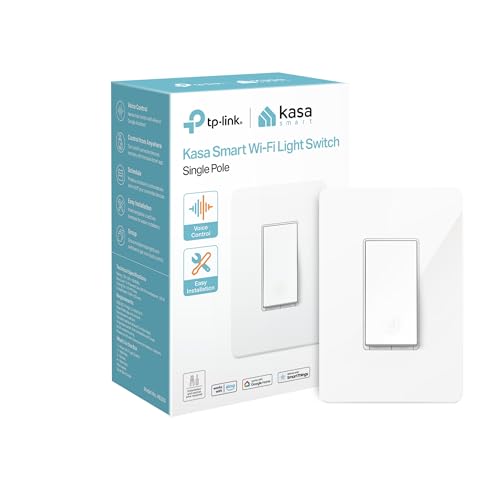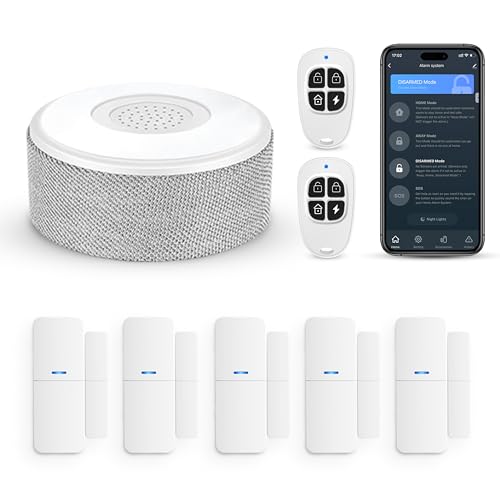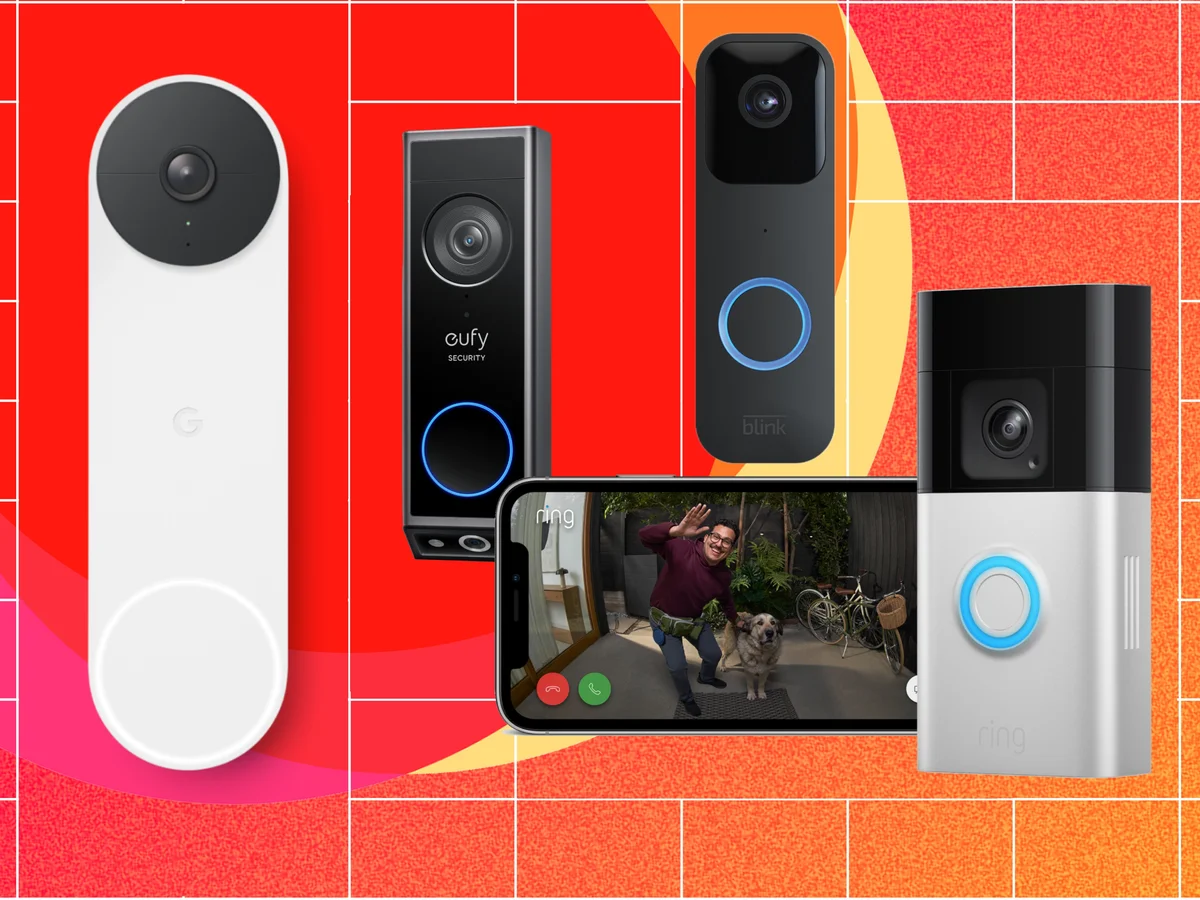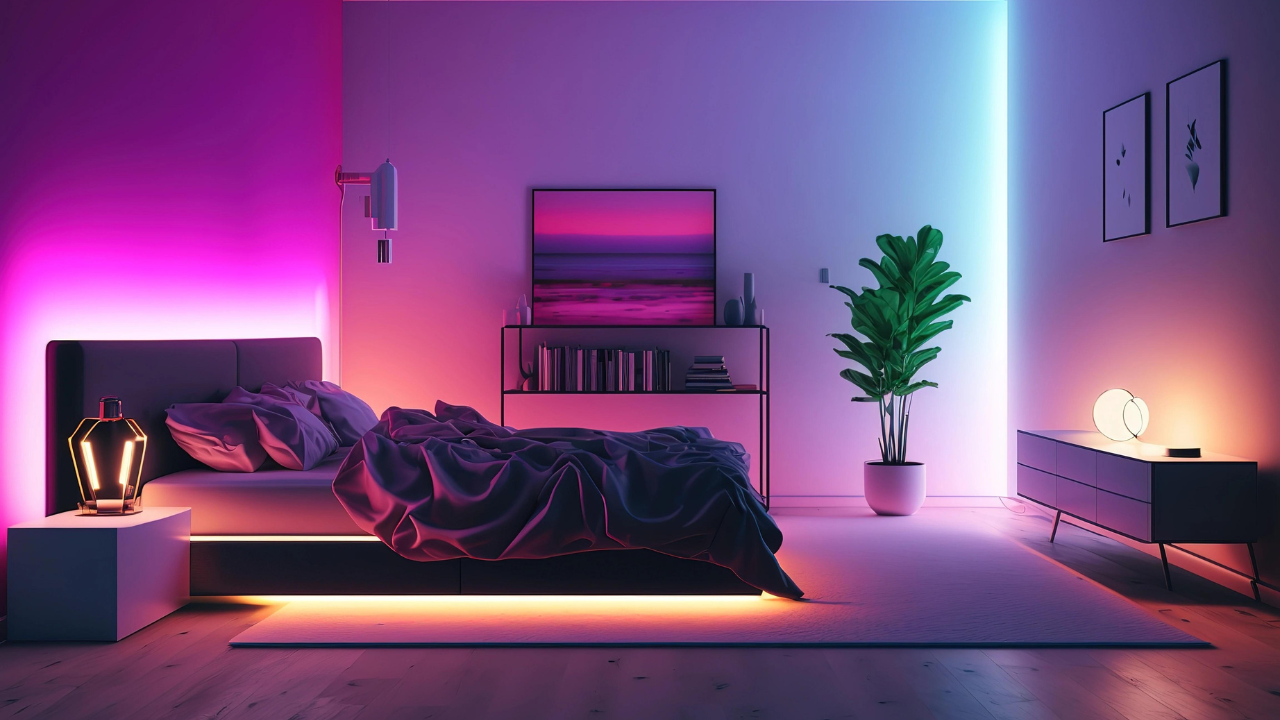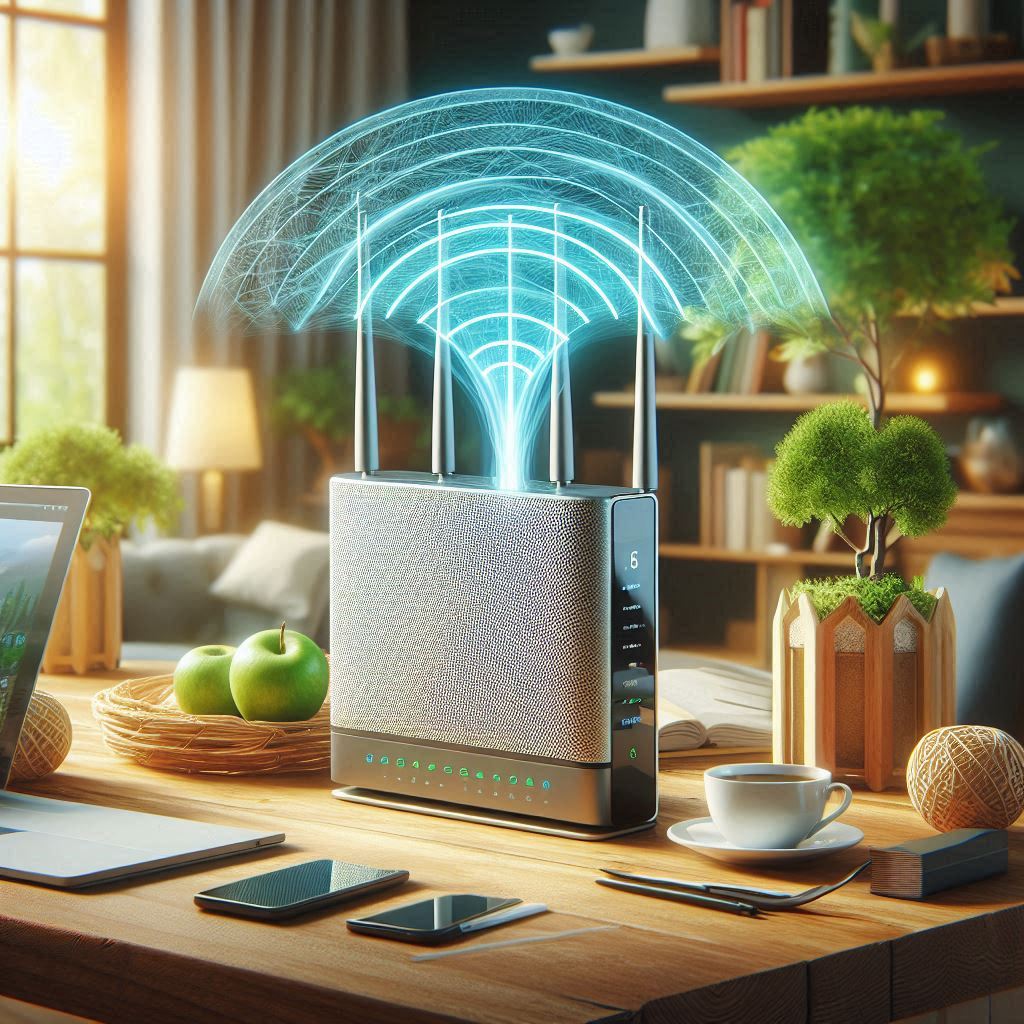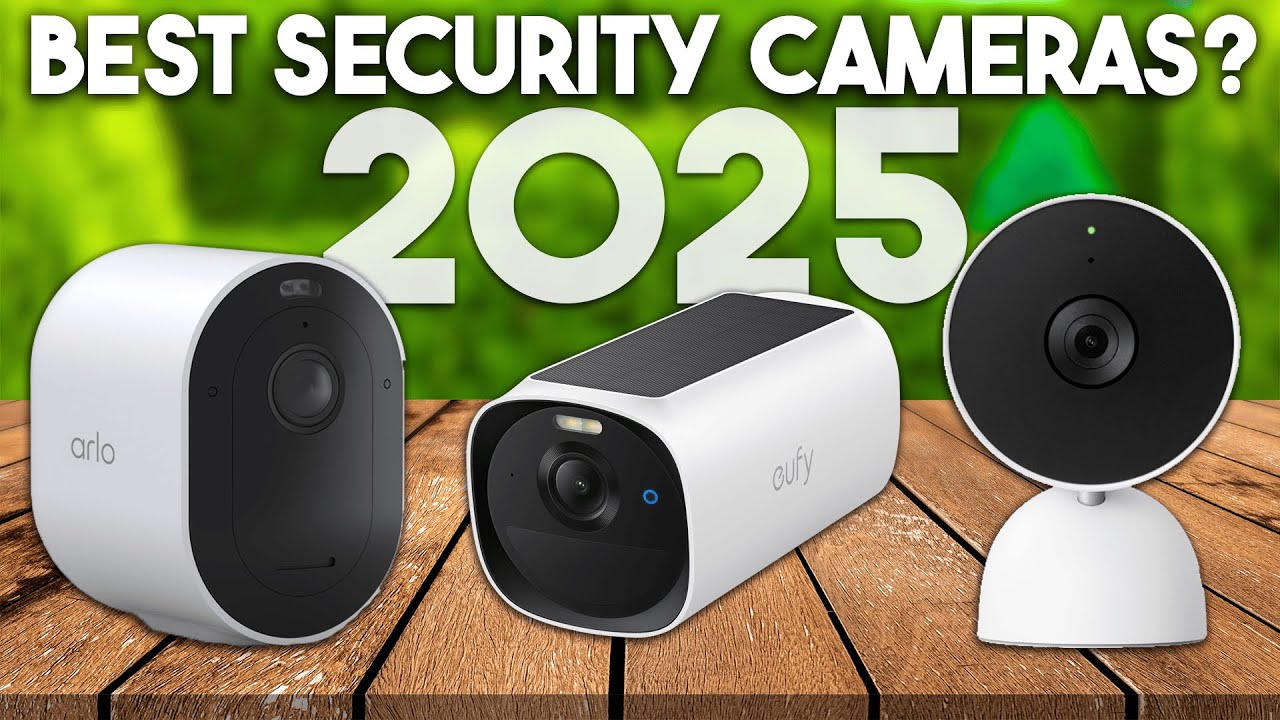Imagine coming home to a house that welcomes you with the perfect lighting, making you feel safe and secure every time you step inside. Smart lighting for home security is not just about convenience—it’s about protecting what matters most to you.
If you want to take control of your home’s safety while adding a touch of modern technology, this article will show you exactly how smart lighting can transform your security system. Keep reading to discover simple, effective ways to make your home safer and smarter.

Credit: yeelight.my
Benefits Of Smart Lighting
Smart lighting helps keep your home safe and saves energy. It uses technology to control lights easily.
With smart lighting, you can improve security and reduce costs. It offers many useful features for your home.
Deterring Intruders
Smart lights can turn on and off automatically. This makes it look like someone is home, even when you are away.
Lights that respond to movement can scare off intruders. Sudden lighting alerts neighbors and stops break-ins.
Energy Efficiency
Smart lighting uses less electricity than regular bulbs. They only turn on when needed, saving power and money.
Many smart lights use LED bulbs. LED bulbs last longer and use less energy than traditional bulbs.
- Automatic timers reduce waste
- Motion sensors limit light use
- Energy-efficient LEDs lower bills
Remote Control Features
You can control smart lights from your phone. This lets you turn lights on or off from anywhere.
Remote control helps if you forget to turn off lights. It also allows you to adjust lighting for comfort and safety.

Credit: en.rangdong.com.vn
Choosing The Right Smart Lights
Smart lighting can improve home security by making your house look occupied. You can control lights remotely and set schedules.
Picking the right smart lights is important. The right choice depends on your needs and the features you want.
Types Of Smart Bulbs
There are different types of smart bulbs for various uses. Some fit in regular sockets, others work outdoors.
Common types include LED bulbs, floodlights, and strip lights. Each has its own benefits for security.
- LED bulbs: energy-efficient and fit standard lamps
- Floodlights: bright and cover large outdoor areas
- Strip lights: flexible and good for accent lighting
Brightness And Color Options
Brightness levels affect how well your home is lit. Choose bulbs with adjustable brightness for different needs.
Color options can set moods or alert you to events. Some bulbs offer millions of colors and white tones.
- Adjust brightness to save energy or increase visibility
- Use color changes to signal alarms or messages
- Choose bulbs with warm or cool whites for comfort
Compatibility With Security Systems
Smart lights should work with your security system or smart home hub. Check if they support your devices.
Look for bulbs that connect to Wi-Fi, Zigbee, or Z-Wave. This helps them sync with cameras, sensors, and alarms.
- Wi-Fi bulbs connect directly to your network
- Zigbee and Z-Wave need a compatible hub
- Integration allows automated lighting for alerts
Installation Tips
Smart lighting can improve your home security. Proper installation is key for best results.
Follow simple tips to place, wire, and integrate your smart lights smoothly.
Strategic Placement
Place lights near entry points like doors and windows. This deters intruders and improves visibility.
Use lights in dark corners and along walkways. This helps eliminate hiding spots around your home.
- Front and back doors
- Garage and driveway
- Pathways and stairs
- Dark side yards
Wiring And Setup
Turn off power before starting any wiring. Safety is very important during installation.
Follow manufacturer instructions carefully. Use proper tools and check connections for security.
- Use weatherproof wiring for outdoor lights
- Secure wires away from pets and children
- Test lights before final mounting
- Label wires for easy troubleshooting
Integration With Home Automation
Connect smart lights to your home automation hub. This allows control from one app or voice commands.
Sync lighting with sensors and alarms. This creates smart responses to movement or security alerts.
- Link lights to motion detectors
- Set schedules for automatic on/off
- Use voice assistants for control
- Combine lights with security cameras

Credit: www.rollingstone.com
Programming Smart Lighting
Smart lighting helps keep your home safe by controlling lights automatically. You can program lights to turn on and off based on your needs.
Setting up smart lighting is easy and can make your home look occupied even when you are away.
Scheduling Lights
Scheduling lets you set times for your lights to turn on or off. This helps keep your home bright during the night and saves energy during the day.
You can choose different schedules for weekdays and weekends or change times based on the season.
- Set lights to turn on at sunset
- Turn lights off automatically at bedtime
- Create custom schedules for each room
Motion Sensor Activation
Motion sensors turn lights on when they detect movement. This can scare away intruders and help you see in the dark.
Lights will turn off automatically after no motion is detected for a set time, saving electricity.
- Install sensors near doors and windows
- Adjust sensor sensitivity to avoid false triggers
- Set timer for how long lights stay on
Simulating Occupancy
Smart lighting can mimic your usual activities to make it look like someone is home. This helps deter burglars.
You can program lights to turn on and off in different rooms at random or regular times.
- Set lights to turn on in the evening
- Use different rooms at different times
- Combine with sound or TV for more realism
Enhancing Security With Smart Lighting
Smart lighting helps protect your home by making it less inviting to intruders. Lights can turn on automatically to scare away trespassers.
Using smart lighting with other security tools makes your home safer. It adds an extra layer of protection at night and when you are away.
Linking Lights To Alarms
Smart lights can connect to your home alarm system. When the alarm sounds, lights switch on to alert neighbors and scare off intruders.
This connection helps you see if there is a problem quickly. Bright lights make it harder for intruders to hide near your home.
Using Cameras And Lights Together
Combining cameras with smart lights improves security. Lights turn on when cameras detect movement, making it easier to record clear footage.
This setup also warns visitors they are being watched. It reduces false alarms by lighting only when needed.
Alerts And Notifications
Your smart lighting system can send alerts to your phone. You get notified if lights turn on unexpectedly or if alarms are triggered.
These alerts help you act fast. You can check your home remotely and contact help if needed.
Maintaining Your Smart Lighting System
Smart lighting helps keep your home safe and secure. To work well, it needs regular care and attention.
Maintaining your system ensures it stays reliable and lasts longer. Small checks can prevent big problems.
Regular Updates
Keep your smart lighting software up to date. Updates improve security and fix bugs.
Check for updates often in the app or device settings. Install them as soon as they appear.
Battery And Power Management
Monitor the battery levels if your lights use batteries. Replace them before they run out.
For wired lights, make sure power connections are secure. Avoid loose plugs or damaged cords.
- Check battery status weekly
- Use high-quality batteries
- Inspect power cables monthly
- Unplug during storms to prevent damage
Troubleshooting Common Issues
If lights do not respond, restart the device or app. This often solves simple problems.
Reset your smart lighting system if problems continue. Follow the user guide for reset steps.
- Check Wi-Fi connection strength
- Ensure app permissions are enabled
- Remove and re-add lights in the app
- Contact support if issues persist
Frequently Asked Questions
What Is Smart Lighting For Home Security?
Smart lighting uses automated, connected lights to enhance home safety. It deters intruders by simulating occupancy. You can control lights remotely via apps or voice commands. These systems integrate with security cameras and sensors for real-time alerts.
How Does Smart Lighting Improve Home Safety?
Smart lighting improves safety by illuminating dark areas instantly. It activates lights when motion is detected, startling potential intruders. Remote control allows homeowners to manage lights from anywhere. This visibility reduces burglary risks and increases neighborhood security.
Can Smart Lighting Save Energy While Securing Homes?
Yes, smart lighting saves energy by using LED bulbs and timers. It only lights necessary areas, reducing unnecessary power use. Motion sensors ensure lights are on only when needed. This combination lowers electricity bills while maintaining security.
Are Smart Security Lights Easy To Install?
Most smart security lights are designed for easy installation. They often require minimal wiring or are wireless. Many models connect to Wi-Fi and integrate with existing smart home systems. User-friendly apps guide setup, making installation quick and hassle-free.
Conclusion
Smart lighting enhances home security effortlessly. It deters intruders with its presence. Lights can mimic human activity. This adds a layer of protection. Connecting to smart devices is easy. It offers convenience and control. You gain peace of mind. Your home becomes safer and smarter.
Consider upgrading your lighting system. Simple changes can make a big difference. With smart lighting, security is in your hands. Enjoy a safer home environment today.
15 min read

